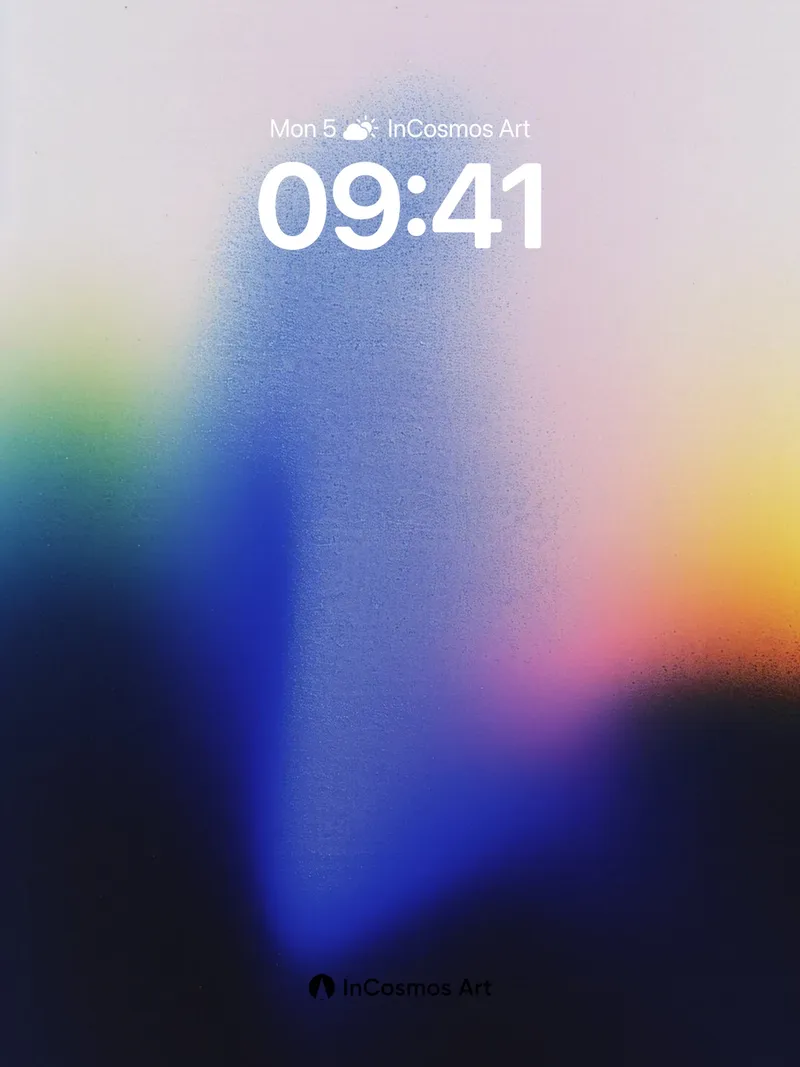Colors expand without form, drifting like thoughts through silence. The overlap of blue and violet, the seepage of orange and pink, create a non-representational language. They do not depict objects but carry internal rhythms and tensions. This visual breath comes from reimagining space—not geographical location, but psychological territory. Each gradient is a trace of emotion; each blur marks the edge of memory. Abstraction does not flee reality; it compresses it into essential forms. It invites viewers into contemplation, allowing personal interpretation. When color ceases to illustrate, it becomes pure presence.
Topology of Emotion
The flow of hues forms a topological structure, mirroring emotional distribution over time. Deep blue signifies suppression, light purple hesitation, while warm tones introduce fleeting release. These layers are not linear but entangled, permeating one another. They emulate human psychology: no single emotion dominates, only evolving mixtures. This structure resists clear boundaries, much like the inner world refuses easy definition.
Redefinition of Space
Conventional space relies on physical limits, but here it is determined by color density. High saturation draws attention; low transparency recedes, creating virtual depth. This space is not three-dimensional but perceptual. It reminds that environmental experience depends less on architecture and more on sensory guidance. Abstract forms eliminate function yet enhance experiential quality.
Weight of Presence
Despite the absence of tangible objects, there is a palpable weight. This arises from chromatic density and dynamic balance. The more blurred, the more real; the more intangible, the more powerful. This sense of being emerges not from matter but from resonance. It reveals that some deepest feelings resist words, transmitting only through sensation.
Visual Meditation
Abstraction is not mere decoration—it awakens. When the eye stops seeking shapes, awareness turns inward. This visual practice resembles meditation, demanding focus without judgment. It offers a pause in an age of information overload, leaving room for the mind. Here, seeing is not for recognition but for feeling.


























